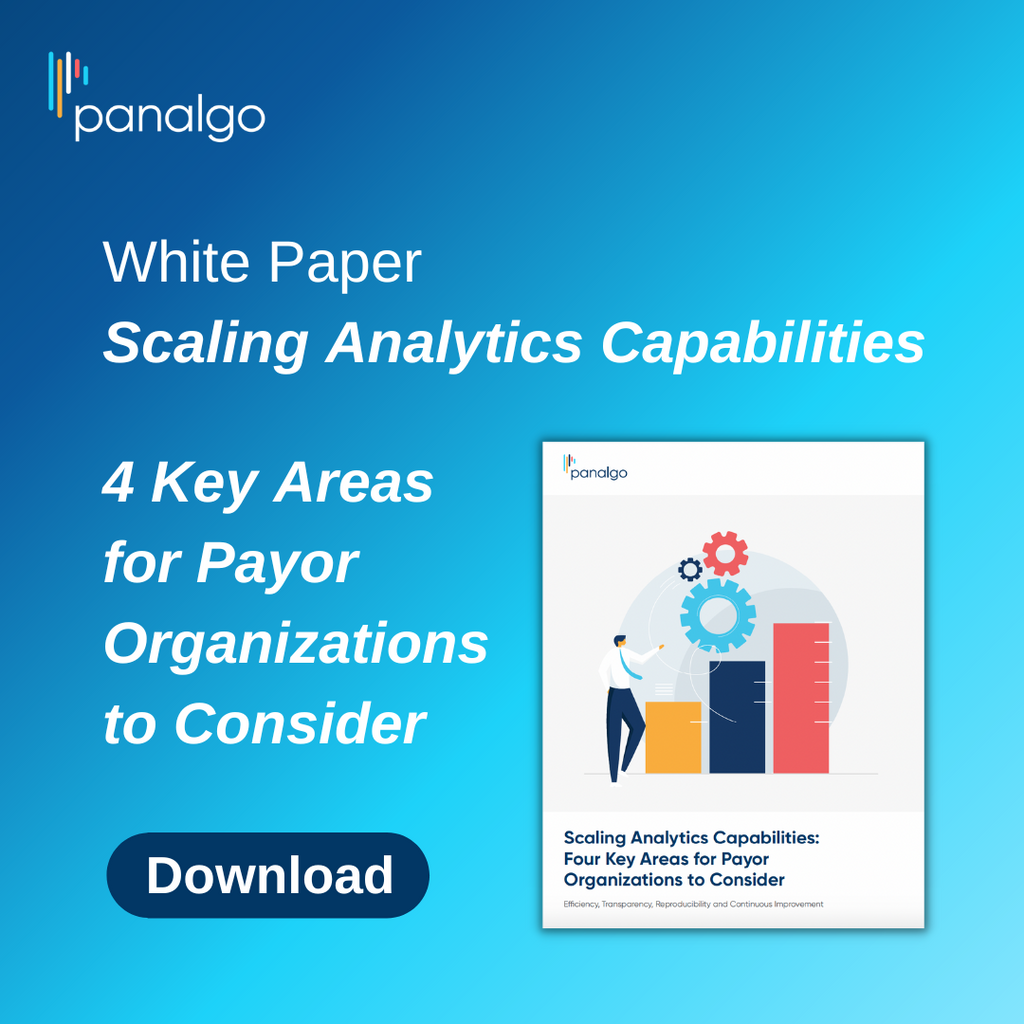Amid HEOR Reorganization, Drugmakers Can Take Steps to Stay Ahead
-
May 01, 2025
A recent trend among pharmaceutical manufacturers has been restructuring the role of health economics and outcomes research (HEOR) teams within organizations. Rather than leaving them as standalone groups, many have been absorbed into other parts of the company, including medical affairs and market access. Companies can take various steps to make sure their evidence generation evolves with industry changes, meeting the needs of various stakeholders.
John Ross Maclean, M.D., Ph.D., executive vice president and head of medical affairs at Precision AQ, points to three reasons why the role of HEOR within pharma organizations has changed. The first he attributes to “tension between the science vs. the deliverable.”
HEOR, he notes, is “a scientific discipline grounded in epidemiology, statistics, economics, medicine, public health and the social sciences,” and these scientists have been trained to conduct precise analyses in order to ultimately have studies published, which can take time to do. But they work within for-profit companies that must “navigate multiple, interconnected processes, timelines and expectations.”
Maclean also points to changes in the type of evidence that customers are looking for. Traditionally, he says, the HEOR approach has been “a series of burden and cost-of-illness studies,” an analysis of patient-reported outcomes during clinical trials, a short-term budget-impact analysis, a meta-analysis “and a long-term cost-effectiveness analysis (CEA) all packaged in a global and/or local market access dossier for a U.S. payer or global HTA [health technology assessment] review.”
But stakeholders now are looking beyond that and seeking additional evidence, including on when to discontinue a therapy, whether it can be used in combination with another agent and what line of treatment it’s most effective in. However, he says, “HEOR has been poor at engaging internal stakeholders on the dynamic expectations on the brand and their ability (as HEOR scientists) to respond in a timely manner with useable information.”
“Real-world experience of patients does not fit neatly into the expectations set in inclusion and exclusion criteria of a clinical trial,” maintains Amy Schroeder, Pharm.D., a principal research scientist at Avalere Health Advisory. “HEOR teams need to be prepared to report what a patient in everyday life experiences with their product.”
Maclean also tells AIS Health, a division of MMIT, that pharma companies are trying to keep costs in check, prompting reorganizing and downsizing, which in turn have “forced closer integration of market access planning and the generation of specific and targeted evidence to support access, resulting in a natural evolution of the role of HEOR in the commercialization process.”
Still, organizational changes are common, often cyclical, occurrences in life sciences and could be due to various reasons, including “market dynamics, regulatory decisions [and] macro-economic pressures,” points out Taylor Schwartz, a principle at Avalere Health Advisory. He notes that drugmakers vary in where the HEOR team is within their companies, but regardless of its location, its focus remains the same: “to utilize research on effectiveness, cost, patient quality of life, etc., to demonstrate the value of medical innovation to support decision making by various stakeholders in the health care system.”
That said, HEOR’s placement may inform its approach. For example, Schwartz says, if it’s on the commercial side, “there will be a lean toward supporting market-access-oriented goals.” Similarly, if the team is under medical affairs, “there will likely be an emphasis on alignment with the medical evidence strategy.” But regardless of where the team is, it must be able to assess the entirety of a product’s life cycle to generate evidence that’s useful across the organization.
“One way to ensure restructuring HEOR to strengthen evidence generation is for medical affairs, policy and market access teams to work together and incorporate real-world data, and frame it as expansion, not dilution, of evidence/data,” advises Schroeder. “This merges prospective evidence generation with retrospective data analysis.”
Siloing Can Pose Problems
However, some pitfalls exist that can hamper efforts to strengthen evidence generation.
Maclean points to common issues, including “seeking the silver bullet — only rarely does a single study entirely answer a question.” Rather, he recommends looking at the different pieces of evidence.
Another problem is when the final use of the study results is not considered before the study starts, he says. This includes “an understanding of who will deliver the information, in what format and at what kind of customer interaction, all in a legal and compliant manner.” Finally, not condensing the key study results into an understandable message can be an issue.
Both Schwartz and Schroeder point to siloed HEOR teams as a problem.
“HEOR studies can be costly and resource intensive, but if the HEOR produced by a team sitting in commercial is only leveraged by access, the company would not see broader value of this work in other parts of the organization,” Schwartz tells AIS Health. “Coordination is key.”
Siloing a HEOR team also can be a barrier to balancing cost efficiency without compromising evidence generation. When this happens, a company is not realizing the full return on investment of that evidence. Schwartz explains that because HEOR is a “broad and technical field” based on various types of expertise, its findings are relevant to many stakeholders, including payers, providers and patients. “Making sure a HEOR team is well-rounded with deep technical expertise will benefit the rigor and quality of the evidence generated, and leveraging this rigorous evidence across the organization in a creative, integrated manner multiplies the ROI on the HEOR,” he contends.
When pulling together that team, it’s important that potential members understand that “the research has to support the business that funds the research,” adds Maclean, a move that also reassures other internal stakeholders of the value of the work.
Schroeder also recommends that companies “build logic for data analysis and be open to allowing that real-world parameters may be needed to see what patients are experiencing, beyond what might be expected. It is easier to narrow an approach than to go back and expand it.”
Adapt HEOR Strategy to Stay Ahead
As payer expectations for real-world evidence (RWE) have evolved, pharma companies can take steps to adapt their HEOR strategies to stay competitive. This is particularly critical in a crowded market, says Schwartz, as “payers seek value-based care options that positively impact their budgets.” RWE also can help identify different patient populations, such as those likely to respond to treatment or those likely to have poor outcomes.
“Payers want to see value in patients using the product — either in control of disease, safety and/or cost,” adds Schroeder, as well as how many members are candidates for the product. “Real-world data helps to flag where the personalized care decisions may require additional care options than what the payer has set for the population.”
When real-world claims data is coupled with sociodemographic data, this helps payers recognize potential health equity issues, points out Schwartz, which in turn assists them in better management of their members.
“Although use of RWE has its advantages, it must be balanced with as much transparency as possible — clear understanding of data and methodological limitations and use of best practices for RWE research,” he adds. “Valuable HEOR evidence may be dismissed or disregarded without this proper care.”
New research methods are enabling HEOR scientists to have insight into how clinical trial efficacy compares with real-world efficacy, information that is invaluable to payers at launch, says Maclean. Artificial intelligence and machine learning also can aid pharma in generating evidence more quickly.
Schwartz recommends that HEOR should be integrated into a market access strategy not only early on but also throughout a product’s lifecycle as more information becomes available. “A constant feedback loop between HEOR and market access that coordinates strategy based on the manufacturer’s key business objectives is the foundation of a successful payer engagement,” he says.
Ultimately, says Maclean, “it is critical to remember that the patient perspective is all important especially when trying to capture the burden of untreated disease and the benefits of treatment. Anecdotes abound of new medicines that have unclear benefit/risk profiles, questionable ‘value’ or are viewed as simply too costly and for which access restrictions may be established only to have a compelling patient (or caregiver) testimonial sway the debate in favor of providing access to the new treatment. HEOR is a key player in capturing the voice of the patient using a variety of qualitative and quantitative research methods.”
© 2025 MMIT










